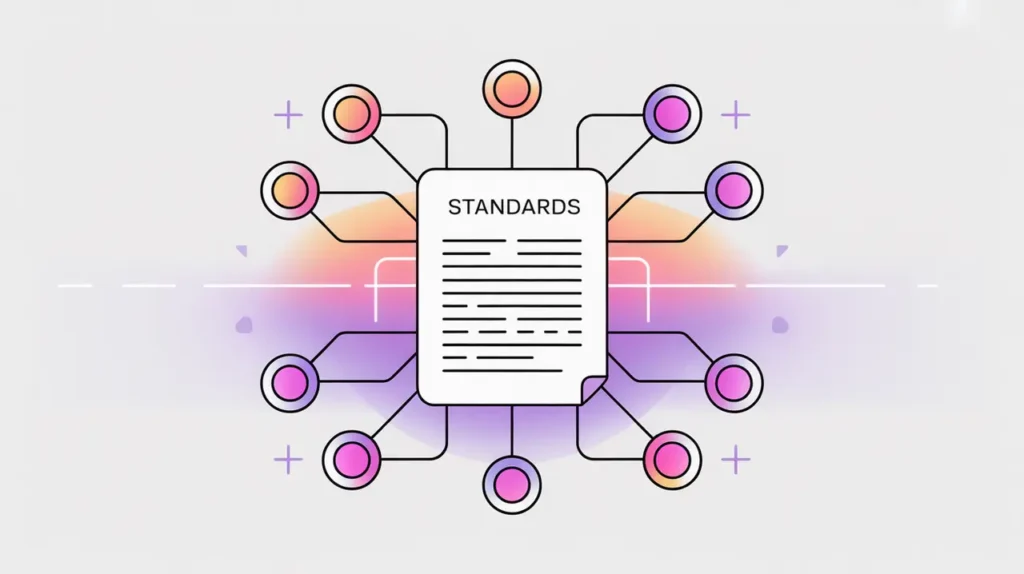Importance of Content Authenticity and Watermarking
Content Authenticity and Watermarking are methods for verifying the origin and integrity of digital content. Authenticity frameworks embed metadata that proves who created or modified a piece of content, while watermarking places visible or invisible markers that indicate provenance or ownership. Their importance today lies in the rise of generative AI, where distinguishing authentic material from manipulated or synthetic content is critical for trust.
For social innovation and international development, these practices matter because misinformation and manipulated media can erode trust, disrupt education, or even endanger communities during crises. Content authenticity and watermarking provide organizations with tools to verify and defend the integrity of the information they depend on.
Definition and Key Features
Content authenticity efforts include initiatives like the Coalition for Content Provenance and Authenticity (C2PA), which develops standards for embedding secure metadata into digital files. Watermarking can be visible, such as logos or stamps, or invisible, using cryptographic techniques or subtle pixel-level modifications that are detectable by software. Both approaches seek to establish confidence in digital content by making its source and integrity verifiable.
They are not the same as simple copyright notices, which assert ownership but do not prevent manipulation. Nor are they equivalent to fact-checking, which verifies claims rather than files. Authenticity and watermarking specifically embed trust signals into the digital object itself.
How this Works in Practice
In practice, watermarking can be applied to images, videos, and even text generated by AI systems, helping audiences identify synthetic outputs. Content authenticity frameworks allow organizations to verify the chain of custody, showing whether an image has been edited, by whom, and under what conditions. These techniques can integrate with AI platforms, publishing tools, and social media systems to increase transparency.
Challenges include interoperability between watermarking methods, the possibility of malicious actors stripping or tampering with authenticity markers, and the need for standards that balance transparency with privacy. Effective solutions depend on widespread adoption and strong governance to make authenticity checks meaningful across platforms.
Implications for Social Innovators
Content authenticity and watermarking are highly relevant for mission-driven organizations. Health programs can rely on authenticity standards to verify that diagnostic images or medical guidance have not been tampered with. Education platforms can watermark official digital resources to prevent misuse or misrepresentation. Humanitarian agencies can ensure that crisis images and reports remain verifiable, preventing disinformation from undermining response efforts. Civil society groups can use watermarking to protect advocacy content from manipulation while signaling trustworthiness to audiences.
By embedding trust signals into digital content, authenticity and watermarking help organizations safeguard integrity, reduce misinformation, and strengthen accountability in their work.







